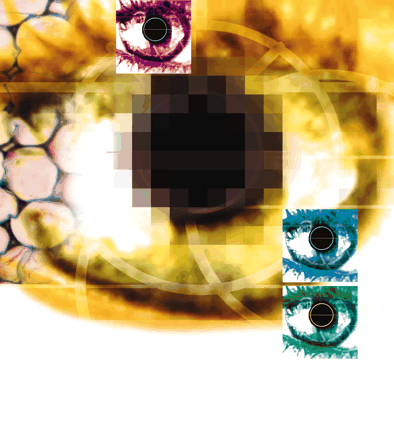MOSAICISM OF THE RETINAL PIGMENT EPITHELIUM: seeing the small picture
Abstract
The retinal pigment epithelium (RPE) is a monolayer of cells that appear phenotypically regular, but which exhibit striking cell-cell variability in content of melanin and lipofuscin granules, and in expression of many proteins. This naturally occurring cell heterogeneity likely arises by normal mechanisms regulating gene expression during development and postnatal aging. The consequence is a tissue in which individual cells may differ in their ability to support adjacent photoreceptors, and which may respond differentially to oxidative stress and other environmental influences that contribute to cell dysfunction during aging. The inherent variability of RPE cells is probably one factor contributing to the characteristically patchy pattern of retinal diseases like age-related macular degeneration.

- © American Society for Pharmacology and Experimental Theraputics 2005



